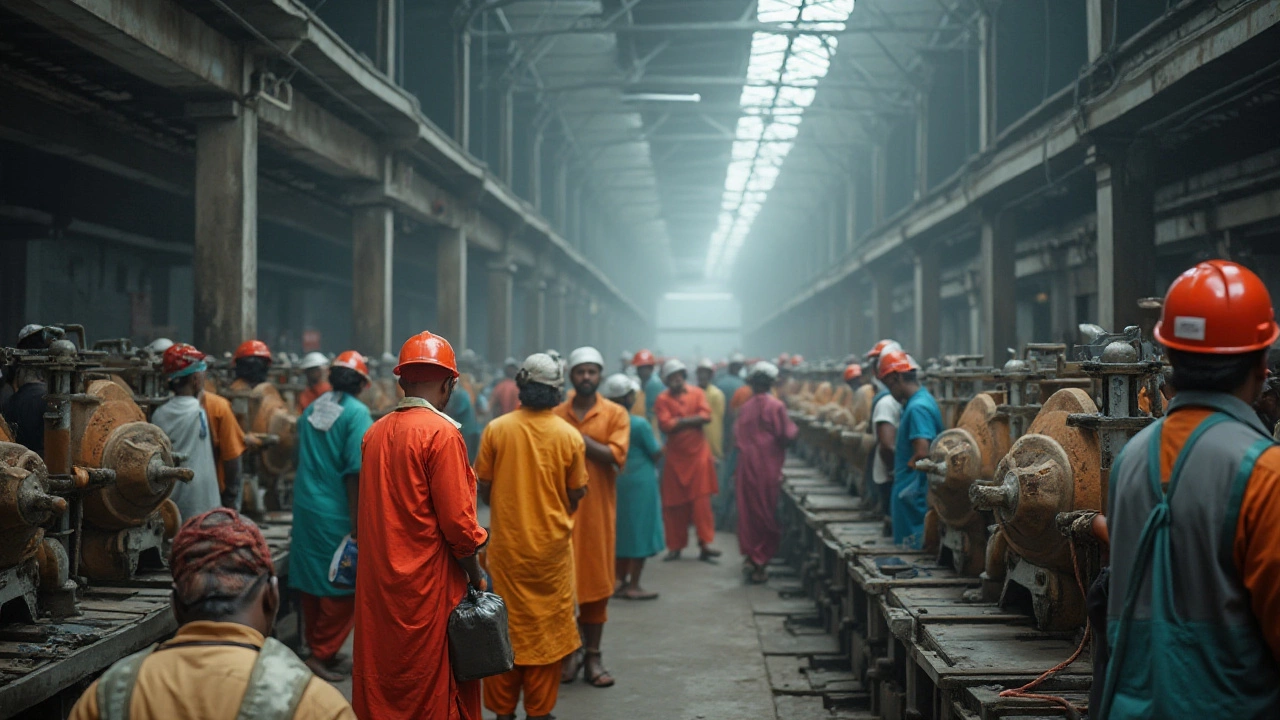Local Manufacturing in India: Why It Matters and How to Grow It
Ever wondered why India is pushing harder for local manufacturing? It’s not just a buzzword – it’s a way to create jobs, lower prices, and protect the economy from global shocks. When factories sit close to the market, shipping costs shrink, delivery gets faster, and businesses can react to demand spikes in real time. That’s the core of the "make in India" drive, and it’s reshaping countless sectors from pharma to furniture.
Benefits That Hit Home
First up, jobs. Every new plant means more engineers, line workers, and managers hiring locally. This keeps talent in the community and reduces brain‑drain. Second, cost savings. Producing parts in India means you skip hefty import duties and long freight routes. For example, a motor manufacturer can shave 15‑20% off its bill by sourcing components from nearby suppliers rather than shipping them from China.
Third, supply‑chain resilience. The recent disruptions in global shipping taught everyone that relying on a single overseas hub is risky. By diversifying production across Indian states, companies build a buffer against port closures or geopolitical tensions. Finally, innovation spreads faster. When R&D teams sit next to the factory floor, ideas move from sketch to prototype in weeks, not months.
How to Kick‑Start Local Production
If you’re a business owner thinking about moving production home, start with a realistic cost‑benefit analysis. List all expenses – land, machinery, labor, utilities – and compare them to current import costs. In many cases, government incentives like tax breaks or subsidized land can tilt the balance in favour of local factories.
Next, partner with existing manufacturers. India has a vibrant network of small‑scale producers who already own the machinery you need. By contracting them, you avoid the capital outlay of building a brand‑new plant while still reaping the benefits of domestic production.
Don’t overlook quality standards. Local doesn’t mean lower quality. Implement robust quality‑control processes, train your staff, and get certifications such as ISO 9001. Customers notice when a product meets or exceeds the same standards they expect from imports.
Finally, think about logistics early. Choose a location near major highways, rail links, or ports to keep outbound shipping efficient. For air‑control solutions, like those offered by Blue D Air Control, proximity to industrial hubs ensures faster installation and service response.
Bottom line: local manufacturing in India is more than a policy slogan—it’s a practical strategy that boosts employment, trims costs, and safeguards your supply chain. By evaluating costs, leveraging partnerships, and focusing on quality, you can join the wave of businesses that are reshaping India’s industrial landscape. Ready to make the shift? Start small, measure results, and scale up as confidence grows. The future of Indian manufacturing is here, and it’s waiting for you to be part of it.

Why Local Manufacturing is a Game Changer for Economies
Local manufacturing plays a critical role in boosting economies by creating jobs, reducing dependency on imports, and fostering innovation. Government schemes around the world have been devised to support local industries, making them the backbone of economic rejuvenation. With strategic investments and favorable policies, countries can leverage local manufacturing to strengthen economic stability and promote sustainability. Highlighting the importance of these initiatives, we explore the manifold benefits that local manufacturing brings to the table.
